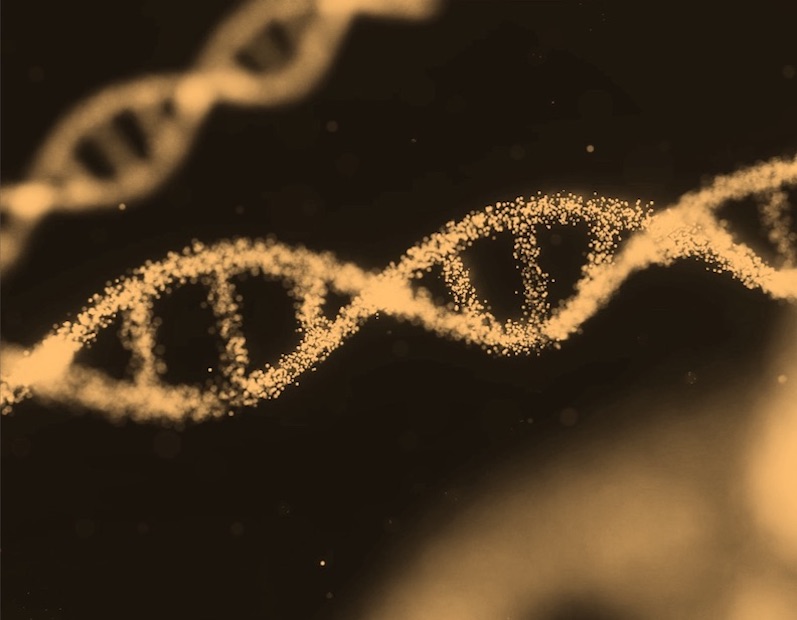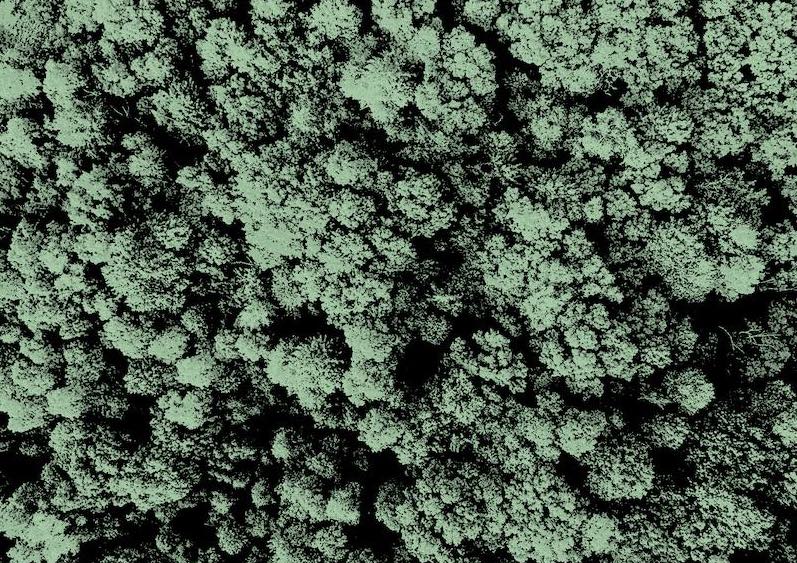What is it about?
In the context of climate change, especially for the temperate continental climate, new potential crop species are emerging, originating from the tropics.
Featured Image

Photo by Shashi Chaturvedula on Unsplash
Why is it important?
Quinoa is native to South America, grown mainly for seeds, with a high ecological plasticity. Little is known about the potential of using quinoa plants as a leafy vegetable for food diversification. In this study, the nutritional and antinutritional content of quinoa leaves was evaluated in three cultivars (Titicaca, Puno, Vikinga), considering different densities and times of sowing.
Perspectives

Crop densities of 7.7, 3.2, and 1.6 mil. plants/ha did not significantly influence the content of compounds with antinutritive role, such as oxalates, saponins or trypsin inhibitors. The content of mineral elements such as: Fe, Zn, Na and K were significantly influenced by the cultivar, compared to Mg and Ca whose values were insignificant regardless of the treatment.
habilitated doctor, chemist Monica BUTNARIU
University of Life Sciences "King Mihai I" from Timisoara
Read the Original
This page is a summary of: Nutritional and antinutritional compounds in leaves of quinoa, Food Bioscience, November 2021, Elsevier,
DOI: 10.1016/j.fbio.2021.101494.
You can read the full text:
Contributors
The following have contributed to this page







